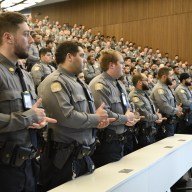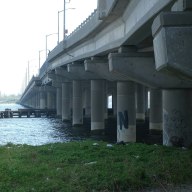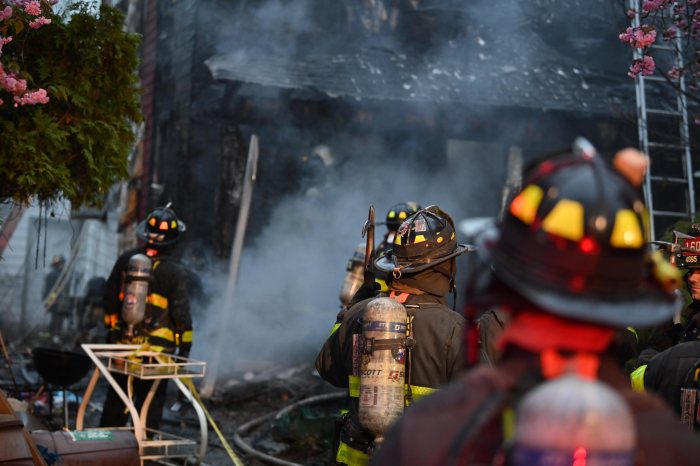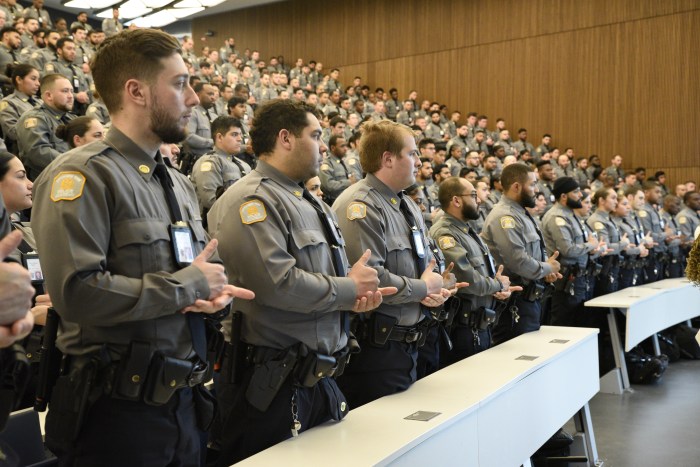By The Greater Astoria Historical Society
In October 1912, commissioners were appointed as work began on Queens Boulevard. Their task was to use the right of eminent domain to take property needed for the highway.
The opening of the Queensboro Bridge in 1909 had solved one problem — connecting Queens and Manhattan by bridging the East River — but traffic from the bridge needed an outlet. Cars, trolleys and planned elevated trains could not terminate at the plaza with no outlets.
The press and politicians saw an opportunity in transforming Thomson Avenue and Hoffman Boulevard into an 8-mile avenue that would cut across the borough, linking the bridge to vast stretches of undeveloped land.
Then-Borough President Lawrence Gresser, who envisioned a boulevard 200 feet wide, was regarded as a bold visionary for the largest thoroughfare in the city at the time — the Grand Concourse in the Bronx was only 182 feet wide. The city Board of Estimate, after haggling over who would pay for the project — the city 50 percent, borough 30 percent and property owners 20 percent — accepted the idea.
The name “Queens Boulevard” was suggested as the proposed highway ran through three of the borough’s wards. The original plan had a 116-foot mall in the middle flanked by two 43 foot-wide roadways. The cost was estimated at $100,000.
Western Queens communities opposed the plan because they believed it would be a speedway for rich Manhattan “automobilists.” Any settlement for property seized would be lost through assessments.
The first order of business was to link the new boulevard with Bridge Plaza, as Queens Plaza was called. A 100 foot-wide viaduct was built over the Sunnyside Yards and, when opened in August 1911, thousands of cars poured onto the boulevard. The work on expansion had not even started and the street was overwhelmed with traffic.
The city Topographic Bureau worked from 1911-12 in mapping the new route. Curves in the old roads were straightened with land taken from both sides of the right of way.
Condemnation proceedings began briskly with clerks and stenographers hired to take testimony and a calendar established with hearings on Tuesdays, Thursdays and Friday every week. Realtors and lawyers came before the board to establish condemnation awards.
The highway was divided into seven sections. Starting at Van Dam, the first section ran to Greenpoint Avenue, the second terminated at 69th Street and the third at Grand Avenue in Elmhurst. Continuing eastward, the next sections ran to 63rd Drive, then Yellowstone Boulevard and Union Turnpike before finally terminating at Hillside Avenue in Jamaica.
Within two months, the hearings began. With 2,600 parcels of land and awards estimated to be over a million dollars, the process seemed to proceed slowly. By necessity, an assembly line was set up: First the city took testimony, then arrived at an agreement for an award.
The final step would be the actual condemnation and taking title to properties.
Work on the first two sections, the densely built areas in the western part of the borough, was complete within a year. By June 1915, work had progressed to Grand Avenue in Elmhurst and by the end of the summer on all seven sections. They averaged five parcels a day for nearly three years.
But taking title was only the first step. The boulevard was still a two-lane road, hardly paved and groaning under 6,000 cars daily. The amount of traffic increased monthly.
The actual work on widening the road would take years and completion of sections were done piecemeal. For example, the most expensive project was moving back the Presbyterian Church of Newtown in Elmhurst, which when built was considered the largest church on Long Island.
Its steeple was taken down and office dismantled. Both were stone and never replaced. Then the entire structure, weighing it was claimed several million pounds, was jacked up and placed on greased timbers, then winched back a fraction of an inch at a time. The task was finished 10 years after the city took title to its property.
The other major project was the Long Island Rail Road bridge at 67th Street. The railroad was pleased the grade crossing on the highway was eliminated. It built a stone bridge carrying six tracks over the road.
The highway was changed again when the subway was built under it, and a proposal to turn it into an expressway was stillborn when World War II started.
Call the Greater Astoria Historical Society at 718-278-0700 or visit astorialic.org.































